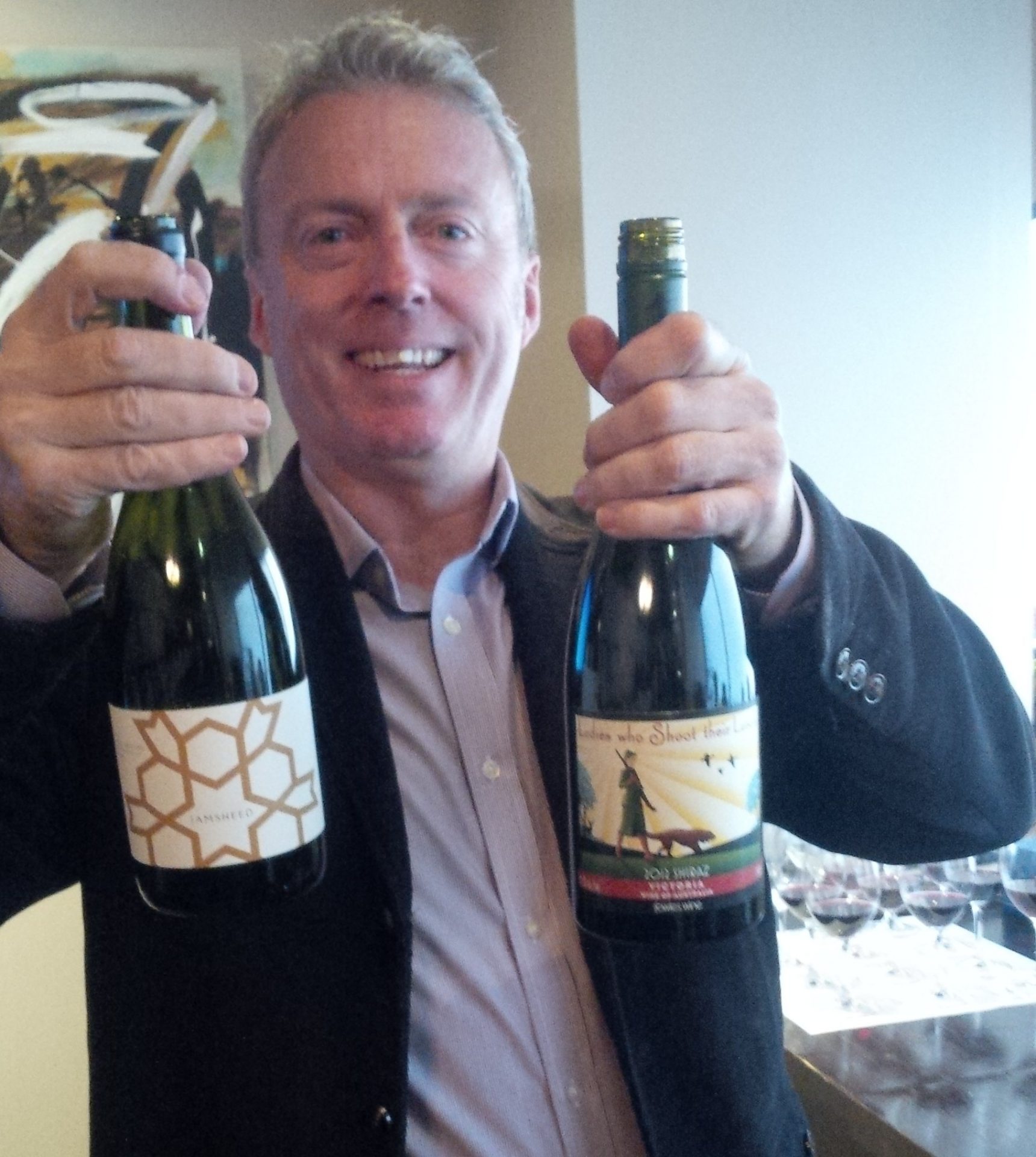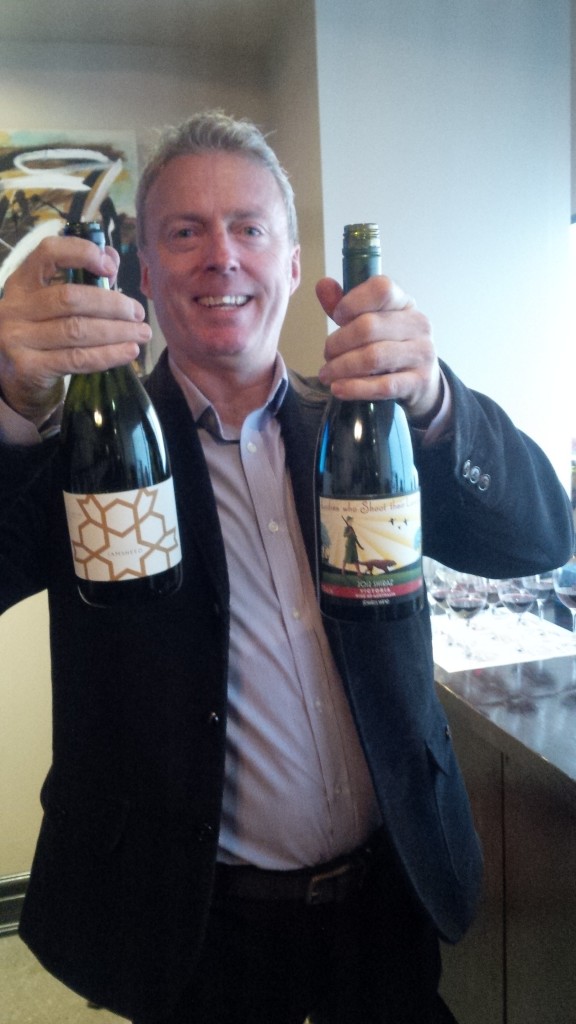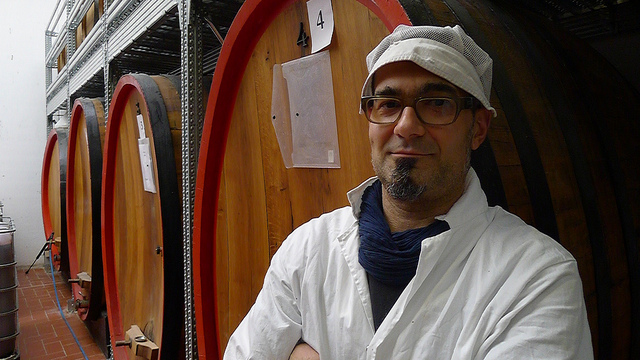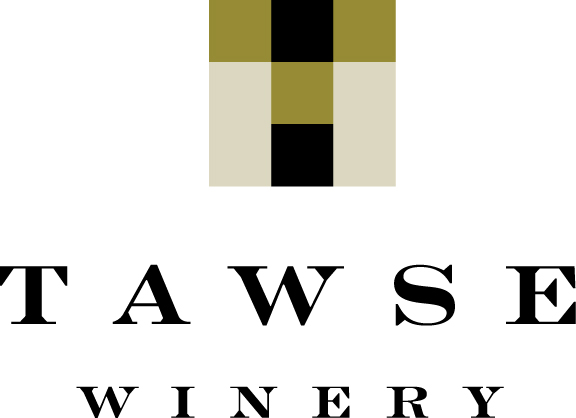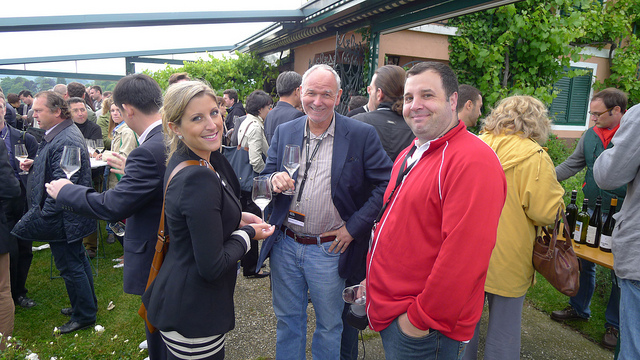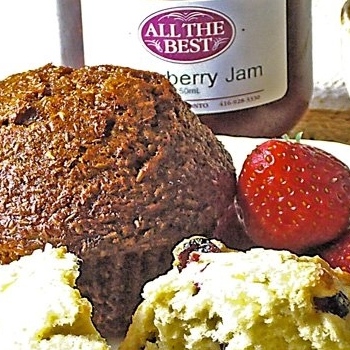Australian winemaking has undergone seismic change over its 200 year history. After its early days as a sherry and fortified wine producer, Australia burst onto the export market in the 1980s, establishing a reputation for high volume wines at an affordable price.
Competition from Chile and other “New World” wine regions began to erode its dominance in the early 1990s. Over the next decade, an appreciating Australian dollar, a series of droughts and the 2008 financial crisis were major setbacks.
Australia has responded by repositioning its wines over the past 5 years, shifting production to its cooler climate regions, experimenting with different grapes and winemaking techniques and focusing on premium wines.
The results are paying off, helped by the tailwind of a declining Australian dollar. Mark Davidson, Wine Educator for Wine Australia, gave a seminar at Toronto’s Vintage Conservatory earlier this year, conducting a tasting that profiled the history, evolution and revolution of Australia’s winemaking.
Flight 1 – History
The focus here was on four multi-generational family-owned wine estates, known for older vines and traditional winemaking techniques.
Tahbilk Museum Release Marsanne 2007 (12.0%) comes from an estate where Marsanne was first planted in the late 1800s, making them among the oldest Marsanne vines in Australia. Marsanne grapes do not always sustain their acidity, but the cooling influence of the nearby Nagambie Lakes in the Victoria wine region accounts for the fresh and lively character of this wine. Citrus flavours of lemon and tangerine intermingle with notes of hay, wet pebble and almonds with a surprising hint of toastiness, given that the wine is stainless steel fermented.
![]()
McGuigan Semillon 2004 (11.5%) is made from the same grape that makes France’s revered sweet Sauternes wines. This dry version, also from Victoria, shows the classic Semillon characteristics of a bright gold colour and a slightly oily, lanolin texture. Davidson attributes the high acid core that gives this wine such a fresh aspect to picking the grapes early and bottling under screwcap. Lemon and lime flavours are accented by hints of almond and underlying minerality in this well crafted wine.
![]()
Peter Lehmann 1885 Shiraz 2012 (14.5%) is an estate wine produced from a vineyard planted in 1885, in the Ebenezer sub-district of the Barossa Valley. Ebenezer is much drier than the rest of this hot valley, but the six foot clay pan under the vineyard provides just enough water for the vines to perform well, even in drought years. The result is a smoother, more elegant profile than that a traditional Barossa Shiraz delivers. Deep plum coloured with an intense nose of Damson plums, flavours of dark berries, spices and savoury notes follow through on the palate. Long, fine tannins round out this well balanced wine.
![]()
Yalumba The Signature 2003 (14.5%) is a blend of 55% Cabernet Sauvignon and 45% Shiraz. While many Australian producers have focused on 100% Shiraz wines, Yalumba has blended these two varietals under its ‘Signature’ label since 1962, believing the Cabernet Sauvignon provides elegance and complexity, while the Shiraz provides richness and ripeness. The fact that this wine is not showing its age after 12 years is proof of the success of this blending technique. Aged for 22 months in French, Hungarian and American oak, this is a blockbuster of a Shiraz. Layers of black fruit and dried fig intermingle with cigar box and licorice nuances, savoury notes, black pepper and hints of earth and chocolate.
![]()
Flight 2 – Evolution
This flight profiled producers who have been experimenting with clonal selection matched with different rootstocks, training and trellising techniques, yield management and cooler wine regions. They have reduced the oak influence and evolved away from the Burgundian practice of lees stirring (provides texture) in order to elevate the acidity to create fresher wines with a distinctive regional character.
Vasse Felix Premier Chardonnay 2013 (13.0%) comes from the Margaret River in Western Australia. Surrounded on three sides by ocean, this region’s pronounced Maritime climate results in modest seasonal and diurnal (daytime-nighttime) temperature shifts, resulting in more consistent temperatures. The trademark elegance and finesse of premium Chardonnay from the Margaret River is exemplified in this medium-bodied, Burgundian-style wine. Delicate white floral perfumes combine with rich flavours of lemon, key lime, peach and pear, accented by vanilla and clove nuances.
![]()
Yabby Lake Pinot Noir 2012 (13.5%) is from another region surrounded by water on three sides – the Mornington Peninsula, located an hour’s drive from Melbourne. Its moderate climate and diversity of soil types is particularly well suited to Chardonnay and Pinot Noir. Just seven kilometers from the ocean, the Yabby Lake vineyard experiences steady cooling breezes, which contribute to the delicate characteristics of this impressive wine. Appealing sandalwood aromas lead to generous flavours of red plum, raspberry and cherry, complemented with spicy notes.
![]()
Fowles Wines – Ladies Who Shoot Their Lunch Shiraz 2012 (13.2%) is part of a line of wines crafted specifically to pair with wild game dishes. Made from fruit grown forty-five minutes from Melbourne in the Victoria wine region, the aim is to create fruit forward wines with pronounced aromatics. One-third of the wine was aged in 40-year old English oak port casks, another third in new and old French oak and the balance in stainless steel. Deep ruby red in colour, this wine has a distinct cracked black pepper aspect overlaying flavours of juicy black cherry and blackberry. Well balanced, it will evolve with cellaring.
![]()
Jamsheed Garden Gully Syrah 2012 (14.3%) is from a vineyard planted in the 1890s in the central Great Western region of Victoria. Unfined and unfiltered, 50% whole bunch fermentation adds complexity and rusticity, while an extended 40 days of maceration extracts extra colour and flavor. Dense purple in colour, its intense red and black fruit flavours are complemented with black olive, savoury and spicy notes.
![]()
Flight 2 – Revolution
Producers in this flight are experimenting with non-traditional varietals, winemaking techniques and packaging methods.
Rieslingfreak No. 5 Riesling 2014 (10.5%) is made by Rieslingfreak, a producer who specializes in Riesling, taking advantage of the unique microclimates of five different Riesling vineyards in the Clare Valley and two different Riesling clones. The off-dry flavours of this wine are balanced out by a good acidic core, with lemon, lime and pineapple flavours rounding out the palate.
![]()
Tom Shobbrook Seppeltsfield Syrah 2012 (13.5%) is from one of the new wave wine producers in South Australia known for his naturalist philosophy. The fruit comes from a cool climate region and is picked early, giving the Syrah a Rhone style in contrast to the more intense Shiraz of the Barossa Valley. To reinforce that distinction, he labeled it a Syrah instead of a Shiraz. Ruby coloured, it offers a medley of red fruits, vanilla and spice notes, with an appealing meaty aspect.
![]()
McGuigan Montepulciano 2013 (14.5%) is made by one of Australia’s largest wine producers from the Italian Montepulciano varietal. It is a youthful wine because of the relatively young age of the vines grown in this warmer Victoria region. Highly extracted, it shows a dense purple colour with dark plum and berry flavours, framed with vanilla and chocolate nuances from the oak treatment.
![]()
Brash Higgins Nero d’Avola Amphorae 2013 (14.0%) is made by US sommelier Brash Higgins, who trained under famed French chef Daniel Boloud. Higgins moved to the McLaren Vale region of South Australia in 2007 and joined the naturalist movement of winemaking. This is his fourth vintage of wines from the Sicilian Nero d’Avola grape aged in locally made amphorae –clay vessels that were used to store wine and food thousands of years ago. Dense purple in colour, it offers a fruit forward palate of cranberry, forest berries and pomegranate, with a whiff of menthol and traces of orange peel.
![]()
All Scores out of five apples.
 Margot Ritchie is a Toronto-based journalist, whose articles focus on wine and culinary trends. A member of the Wine Writers’ Circle since 1997, she has travelled throughout many of the major wine growing regions of Europe and North America. These include Austria, France, Italy, and Portugal, as well as California, New York State and Ontario. Spirits, sake and beer are also highlighted in her writings, where her travels have extended to Scotland, Japan and the Czech Republic.Margot’s wine columns have appeared in Del Condominium Lifestyle, Elite Wine, Food and Travel, Modesty Magazine, International Women’s Forum (IWF) – Toronto Chapter Newsletter and the Portuguese Post . Margot also advises on private wine cellar management.
Margot Ritchie is a Toronto-based journalist, whose articles focus on wine and culinary trends. A member of the Wine Writers’ Circle since 1997, she has travelled throughout many of the major wine growing regions of Europe and North America. These include Austria, France, Italy, and Portugal, as well as California, New York State and Ontario. Spirits, sake and beer are also highlighted in her writings, where her travels have extended to Scotland, Japan and the Czech Republic.Margot’s wine columns have appeared in Del Condominium Lifestyle, Elite Wine, Food and Travel, Modesty Magazine, International Women’s Forum (IWF) – Toronto Chapter Newsletter and the Portuguese Post . Margot also advises on private wine cellar management.

